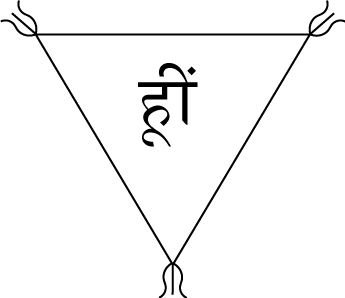|
|
Divine Mother Prayer origins
understanding the roots of the prayer
Geoffroy Tremblay

In the first installment of ascent's new column, 'Sacred Text,' we have focused on the Divine Mother Prayer. Swami Radha learned this prayer while she was in India in 1955 and she introduced it as one of the core yogic practices at Yasodhara Ashram.
Her guru, Swami Sivanada Saraswati of Rishikesh, says:
"The worship of the devi is of two kinds: the lower and the higher. In the lower form of worship, the devotee performs prayer, gesture, Pradakshina or cirum-ambulation around the image, oblation in the sacrificial fire and prostration... What is described in this [prayer] is the higher form of worship performed by Gyanins or Jivanmuktas. Every natural function and action becomes a form of worship by this practice."
 The prayer originated in the Ananda Lahiri ("waves of beauty") which is part of the Soundarya lahiri written by Adhi Sankar in the mid-to-late 8th century CE. This is a really popular non-dualistic, advaita vedenta text on mantra, which has been translated and commented upon many times over the centuries. It is believed that by making suitable yantras (a visual representation of the mantra - a seed, or a concentrated energy) and reciting the mantra, certain powers can be obtained by the practitioner. The prayer originated in the Ananda Lahiri ("waves of beauty") which is part of the Soundarya lahiri written by Adhi Sankar in the mid-to-late 8th century CE. This is a really popular non-dualistic, advaita vedenta text on mantra, which has been translated and commented upon many times over the centuries. It is believed that by making suitable yantras (a visual representation of the mantra - a seed, or a concentrated energy) and reciting the mantra, certain powers can be obtained by the practitioner.
It is said that to benefit from the power of the Divine Mother Prayer, the practitioner has to carve this yantra in a gold plate or a copper plate, reciting the prayer 1000 time a day for 45 days with a sweet offering. The promise of this prayer is the attainment of Atma-jnana, or supreme knowledge.
|